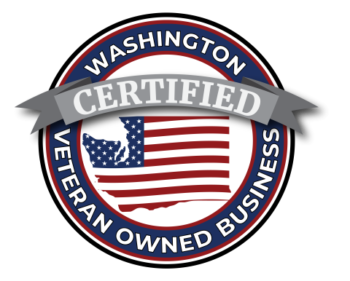It’s time to talk about the question that is on every business owner’s mind- “What would it take to make my company fully remote?”
Though having a remote workforce isn’t unheard of, it is becoming more popularized as many employers have been transitioning to this model due to the COVID-19 pandemic. In this post, we want to tell you how you can cut ties with your physical office space by migrating your organization’s data and files to the cloud. We will cover what the cloud is, and the five steps to ensure a seamless cloud migration.
What does it mean to migrate to the cloud?
To migrate to the cloud means an organization is moving all their data and information from a personal server or file storage system to a cloud-based storage solution. Though contrary to its name, the cloud is not up in the sky and without a defined location. Your cloud is just rented storage space on someone else’s physical server. By renting this space, you don’t have to worry about purchasing expensive server hardware and storage and upkeep. However, many people wrongly presume that because their information is in the cloud, it can’t be harmed or lost. Since your data is still on a physical server, your information can be compromised if anything were to happen to it. It is imperative to have a backup of your data.
The steps for a successful cloud migration
1. Find an experienced IT professional to guide you through it
No matter the amount of data you are migrating, it is essential that you consult a qualified IT professional. You need someone that can help you identify the right cloud provider for your needs, guide you through the transition, develop a risk mitigation plan, configure your platform to your team’s needs, and train you and your team on how to access your information. Attentus has managed over 1000 cloud migrations and has worked with a myriad of cloud storage providers. You can book a consultation call with us anytime.
2. Understand the costs
Though you are eliminating many overhead costs like your office space, server hardware upkeep, and utilities, cloud storage isn’t free. Most providers charge monthly for the storage space they provide you with, though it is typically a fraction of the amount you will be saving by going virtual. You will also need to account for some additional costs for cybersecurity software, a data backup service, and the labor for the IT professional to assist you through the migration and provide ongoing training and upkeep.
3. Define your needs
Your IT professional can help find you the right cloud storage provider and migrate your data. Still, it won’t be a good investment unless it is customized to your organization’s processes and structure. Here at Attentus, our Design Desk team takes the time to learn your business and ask the right questions to give you the best solution to achieve your desired outcome.
It’s also essential to find an IT professional that can work around your logistic needs. You need to go into your partnership with an understanding of your timeline for the migration if it needs to happen after business hours as not to disrupt your team’s workflow and the budget you have.
4. Have a risk mitigation plan
Before the migration begins, make sure you have talked with your IT professional about the perceived risks and the plan to mitigate them. Usually, this involves a full back up of your existing data before anything gets moved. Your data is precious; make sure it is well handled and protected.
5. Ensure your agreement includes training
Businesses rely on their data. You want to ensure that after it has been migrated that you know how to efficiently access and save it. At Attentus, we find that this step is the most valuable. Your investment is wasted if your team can’t navigate the new system.
Any significant changes to your organization can be anxiety-inducing, and a shift concerning something as precious as your data even more so. If 2020 has taught us anything so far, you have to be able to pivot and do so quickly. Hopefully, this article has provided you with the knowledge that makes taking the next step towards a fully remote organization easier. If you need any help along the way, were here for you- reach out to us anytime.

